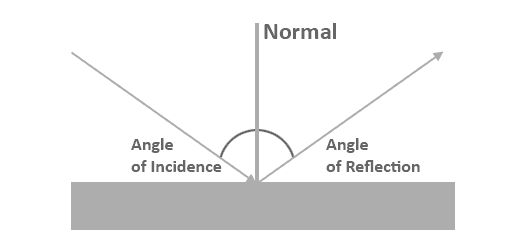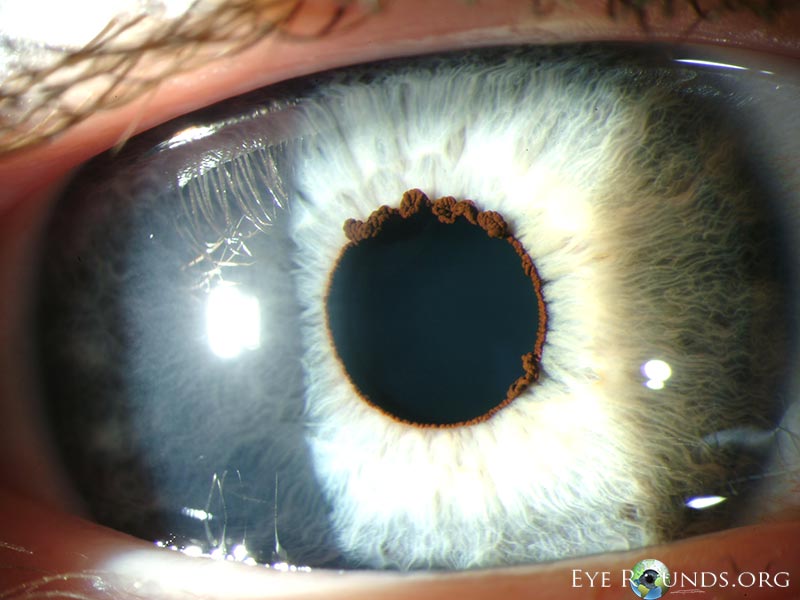
Θ 1 = angle of incidence (or incoming angle) = angle of reflection In the special case of a vacuum or air, n=1. However, it should be noted that the index of refraction for a given material is a function of wavelength and index increases as the wavelength gets shorter. All optical materials have a unique index of refraction that is a key characteristic of the material (ie: ZnSe, n=2.4). To Determine the answers to these questions, follow the steps below: Step 1: Define the variablesįind the index of refraction for both lower and higher mediums. What is the effect of polarization on the reflected and refracted portions of the incident light? What is the reflection loss of the incident light?ģ. What is the angle of refraction (θ 2) relative to the incident (θ 1) light? (It is generally known that the angle of reflection is equal to the angle of incidence).Ģ. There are three important considerations whenever this happens:ġ.

Whenever an incident light traveling through one medium (ie: air with an index of refraction, denoted by "n", of 1) comes into contact with another medium with a high index of refraction (ie: glass with n=1.52), there is a reflected portion (bounces off the surface), and a refracted portion (transmits through the surface). We will also discuss two special cases, Brewster's Angle and the Critical Angle, which hae valuable applications in optics. In this section, we will discuss some of the basic behaviors of light when it travels from one medium to another.

Rays can be trapped in a waveguide through total internal reflection.Tech Notes » Reflection & Refraction of Light Tutorial Rays that intersect the interface between the waveguide material and the surrounding material at angles equal to or larger than the critical angle are trapped in the waveguide and travel losslessly along it. A waveguide is a length of transparent material that is surrounded by material that has a lower index of refraction. Many devices take advantage of the total internal reflection, including optical waveguides (like optical fiber). Total internal refraction is depicted in the sketch on the right. These diagrams illustrate two different cases of refraction. If the angle of incidence is increased beyond that angle, then refraction does not occur! All of the light incident on the interface is reflected back into the incident medium! The smallest angle of incidence at which total internal reflection occurs is called the critical angle, qc. Eventually the refracted ray will make an angle of 90° with the surface normal. If n1n2, then the angle of refraction is larger than the angle of incidence…when there is an angle of refraction! Imagine the angle of incidence getting larger and larger for the case of n1>n2. In the case of the transmitted, or refracted, ray, N1 Sinθ i = n1 Sinθ r, which is the same as Sinθ i = Sinθ r.įrom this, it is easy to see that the angle of incidence and the angle of reflection are the same! In the case of a reflected ray, nA = nB = n2 = n1, Illustration of incident, reflected, and refracted rays. The refractive index of medium 1 is n1 and of medium 2 is n2. The angle that the incident, reflected, and refracted rays make with the surface normal are called the angles of incidence, qi, reflection, qr, and refraction, qt, respectively. A refracted ray is transmitted into the second medium and travels in a different direction than the incident ray.

This plane also contains the reflected and refracted rays. A plane that includes the incident ray and a line drawn normal to the surface is called the plane of incidence.

In the following figure, a ray is incident on an interface between two dissimilar media. The angles in this equation are referenced to a surface normal, as is illustrated below. Predicts how the ray will change direction as it passes from one medium into another, or as it is reflected from the interface between two media. In order to follow the quickest path through a system, a ray changes direction as it travels from a medium of one refractive index to another medium that has a different refractive index.


 0 kommentar(er)
0 kommentar(er)
